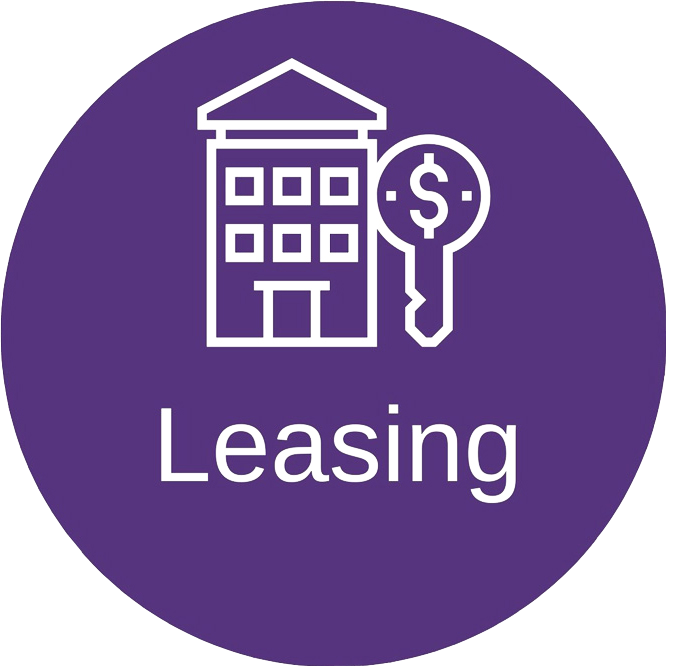
Ranked: 30 housing markets where values are cooling the fastest — or even declining
Ranked: 30 housing markets where values are cooling the fastest — or even declining
Some were booming before the Covid-19 pandemic hit. Others shot up in popularity arguably because of the pandemic. A few have been slow-but-steady-growth markets for some time.
The national housing market slowdown has been one of the headlining stories of 2022, after a spike in mortgage rates in the spring turned the heat off what had been historic price growth and buyer demand through most of the pandemic. Some metro areas still have momentum but demand has slowed so much that markets have already seen typical home values decline from where they were six months ago.
The Business Journals analyzed typical home value data from Zillow Group Inc. (NYSE: ZG) to determine which markets, among the largest 100 metropolitan statistical areas, have seen either home values decline, or are now seeing the slowest rate of growth, in the past six months. The 30 MSAs that saw the slowest growth or declines in values between March and September 2022 can be found in the gallery above.
Western markets have seen the most obvious slowdowns, largely because they are typically the most expensive real estate markets in the country, pandemic or otherwise. But several Sun Belt cities that have seen more than 50% growth in home values since the pandemic — think Austin, Texas — are among the markets also seeing the more notable slowdowns today.
Mortgage rates are the driver behind the cool down. The 30-year fixed-rate mortgage was at 6.94% the week ending Oct. 20, compared to 3.09% the same week a year prior and 5.11% six months ago, or the week ended April 21, according to Freddie Mac data.
Lawrence Yun, chief economist at the National Association of Realtors, said at a real estate journalism conference this month the association has not seen mortgage rates rise so quickly in such a short duration of time since the early 1980s.
Inventory remains a major issue, though, even with pending home sales declining and fewer buyers in the market, Yun said. The national inventory of active listings increased by 26.9% in September 2022 compared to September 2021, according to Realtor.com, but active listings are lagging pre-pandemic levels, and growth has stalled over the previous month.
In fact, the number of homes actively for sale in September was 42.6% lower than the pre-pandemic 2017-2019 average, according to Realtor.com.
As different data points indicate, the housing markets with notable slowdowns are coming off home value growth since March 2020 that was atypical and, as most economists say, unsustainable.
Salt Lake City, for example, saw its typical home values increase 49.7% between March 2020 and September 2022. Spokane, Washington’s typical home values grew 52.5% in that same time period.
A few of the markets identified as seeing slower home-value growth haven’t boomed as much as pandemic hotspots like Boise, Idaho, or Sun Belt markets like Phoenix.
Pittsburgh and Baltimore, for example, have seen more modest growth on a relative basis — of 27.5% and 26.6%, respectively, since the pandemic. Home values have been flat in Pittsburgh since March 2022, and have grown 3.3% in the same time period in Baltimore. Those markets haven’t seen as stark of a cool down as ones that gained 40% or more in home values since March 2020.
“Housing is going through an adjustment because mortgage rates have been rising,” Danielle Hale, chief economist at Realtor.com, said in a recent interview with The Business Journals. “Affordability calculations are changing for households, and they can’t afford the same home that they could one year ago.”
Housing economists are beginning to prepare their 2023 forecasts, with early predictions of home-price appreciation continuing to slow, and even declining, into next year.
A lot hinges on a recession in the broader U.S. economy — if the economy is already in one and, if it is or will be, how severe it’ll be.
“If we see the the job landscape shift, that’s just going to add extra challenge for that affordability problem for households in the market,” Hale said. “I think it’s going to be a challenging year for homebuyers ahead.”



